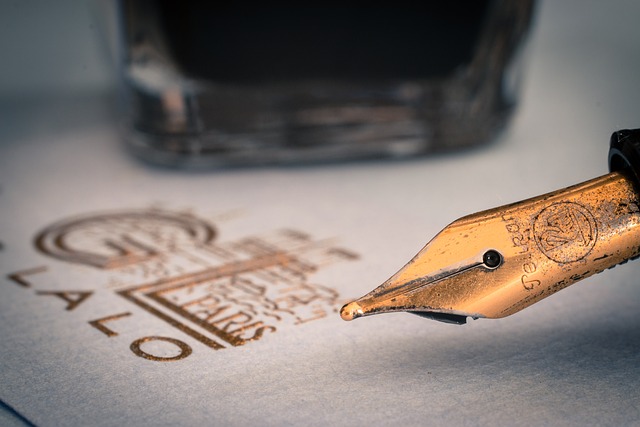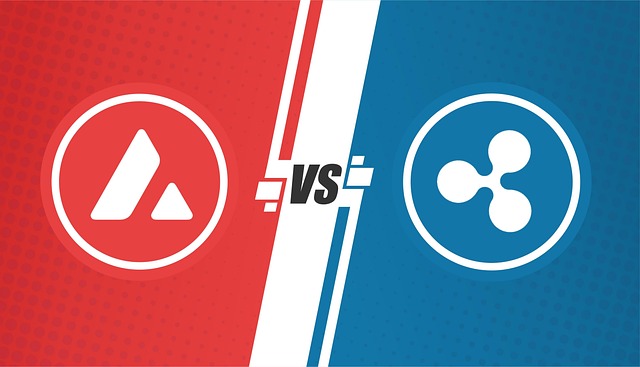Botox and dermal fillers are popular choices for fine line prevention, but they target different aspects of skin aging. Botox, derived from bacteria, relaxes facial muscles to prevent dynamic wrinkles caused by expressions, offering a non-invasive, natural-looking solution with results lasting 3-6 months. Dermal fillers, containing hyaluronic acid or collagen, enhance volume loss over time, smoothing static lines and shaping facial contours; they provide immediate but temporary results. The choice between them depends on individual needs and preferences, with Botox ideal for expression lines and dermal fillers better suited to address deeper static wrinkles and significant volumetric changes.
“In the quest for youthful skin, understanding fine lines and their causes is the first step. This article explores effective prevention methods, focusing on Botox and its role in smoothening skin. We delve into how Botox treats dynamic lines by relaxing muscles, contrasting it with dermal fillers.
Learn about the advantages and potential drawbacks of Botox for fine line prevention, from procedure insights to long-term results. By comparing Botox vs. dermal fillers, readers can make informed decisions, ensuring they choose the best treatment path for their skincare goals.”
Understanding Fine Lines and Their Causes

Fine lines are a natural part of aging, but their appearance can be accelerated by various factors such as sun exposure, smoking, and repetitive facial expressions. These lines, often the first signs of aging, can range from subtle wrinkles to more pronounced creases around the eyes, mouth, and forehead. Understanding the causes is the first step towards preventing or minimizing their impact.
When discussing prevention strategies, many people consider Botox and dermal fillers as popular choices. Both treatments target fine lines, but they work differently. Botox, a protein derived from bacteria, temporarily paralyzes muscles, reducing dynamic wrinkling caused by facial movements. On the other hand, dermal fillers enhance volume loss over time by injecting hyaluronic acid or collagen into the skin, providing a more static solution for static wrinkles. Choosing between them depends on an individual’s specific concerns and desired outcomes.
The Role of Botox in Preventing Fine Lines

Botox has established itself as a leading treatment for fine line prevention, offering a unique approach to skin rejuvenation compared to dermal fillers. Its primary function lies in relaxing muscle activity, which is key to reducing dynamic wrinkles that form due to facial expressions. By injecting Botox into specific areas, practitioners can temporarily paralyze muscles, preventing the deep folds and lines from deepening over time.
Unlike dermal fillers, which add volume and plumpness to the skin, Botox focuses on non-invasive muscle relaxation. This makes it an ideal choice for individuals seeking a subtle yet effective way to prevent fine lines and maintain a youthful appearance without drastic procedures. The results of Botox treatment are generally more natural-looking, making it a popular option for those who want to avoid the artificial look sometimes associated with dermal fillers.
Dermal Fillers: An Alternative Approach

While Botox is a popular choice for fine line prevention, another effective alternative is dermal fillers. Unlike Botox, which works by relaxing muscles to prevent dynamic wrinkling, dermal fillers enhance the skin’s appearance by adding volume and plumping up depressed areas. These fillers are made from hyaluronic acid, a natural substance found in our bodies, making them safe and well-tolerated by most individuals.
When considering Botox vs. dermal fillers for fine line prevention, it’s essential to understand their unique mechanisms of action. Botox is ideal for preventing expression lines, while dermal fillers cater to areas that have lost volume over time. Both procedures offer significant anti-aging benefits, but the choice between them ultimately depends on individual needs and preferences.
Comparing Botox and Dermal Fillers: Key Differences

When considering treatments for fine line prevention, understanding the differences between Botox and dermal fillers is essential. Both are popular choices in the aesthetics world, but they target different aspects of skin aging.
Botox is a neurotoxin that relaxes muscles, preventing contraction which causes dynamic lines to form. It’s ideal for treating expression lines around the eyes and mouth. Dermal fillers, on the other hand, are hyaluronic acid-based substances injected into the skin to add volume and smooth out static lines. They’re best for deep wrinkles and can enhance facial contours. The key difference lies in their mechanism of action; Botox focuses on muscle relaxation, while dermal fillers provide immediate volume restoration. This distinction means that for fine line prevention, Botox may be a more effective solution for reducing the appearance of dynamic wrinkles, whereas dermal fillers are better suited to address deeper, static lines and overall facial shaping.
Pros and Cons of Using Botox for Fine Line Prevention

Botox has emerged as a popular choice for those seeking to prevent and reduce fine lines and wrinkles, offering several advantages in the skin care journey. One of its key benefits is the ability to temporarily paralyze facial muscles, preventing dynamic wrinkle formation caused by consistent facial expressions. This makes it an excellent option for areas like the forehead, crow’s feet, and frown lines. Additionally, Botox treatments are non-invasive, making them a preferred choice for individuals who prefer to avoid more aggressive procedures. It provides immediate results, offering a quick fix for those special occasions or events where one wishes to appear rejuvenated.
However, when considering Botox for fine line prevention, it’s essential to weigh these advantages against potential drawbacks. Unlike dermal fillers, which add volume and can enhance facial contours, Botox primarily focuses on muscle relaxation. This means it may not be as effective in reducing deep-set wrinkles or providing a significant long-term volumetric change. Moreover, the results of Botox treatments are temporary, typically lasting between 3 to 6 months, requiring regular sessions for maintenance. Individual responses to Botox also vary; some people might experience side effects like temporary bruising, headaches, or muscle weakness around the treated area. Therefore, while Botox offers a quick and effective solution for certain types of fine lines, it may not be the ideal choice for everyone, and alternatives like dermal fillers should also be considered.
The Procedure: What to Expect During a Botox Treatment

During a Botox treatment for fine line prevention, a small amount of botulinum toxin is injected into specific muscle groups targeting facial wrinkles. Unlike dermal fillers that add volume, Botox relaxes the muscles, reducing dynamic wrinkle formation. The procedure typically involves a quick consultation with a dermatologist who will assess your skin and determine the best injection sites. On the day of treatment, you’ll experience minimal discomfort as fine needles insert the toxin into the skin. There’s usually no significant downtime, allowing for immediate return to daily activities.
Compared to dermal fillers, Botox offers a different approach. Fillers plump up depressed areas, providing instant results but with a shorter duration. In contrast, Botox prevents wrinkles from forming by temporarily paralyzing muscles, offering longer-lasting effects (3-6 months). Additionally, while fillers may attract more attention, Botox treatments are less noticeable, making it a discreet option for fine line prevention.
Long-term Effects and Maintenance of Results

When considering Botox for fine line prevention, understanding its long-term effects is crucial. Unlike dermal fillers, which can provide immediate but temporary results, Botox offers a more gradual approach to wrinkle reduction. The effects of Botox typically last between 3 to 6 months, after which treatments may be required to maintain the desired outcome. This maintenance schedule varies from person to person based on factors like muscle activity and skin elasticity.
In comparison to dermal fillers, which can sometimes lead to more immediate yet unnatural-looking results, Botox offers a subtler and more natural improvement. While dermal fillers may attract more attention to the treated area due to volume addition, Botox works by relaxing muscles, resulting in smoother, softer skin. This makes Botox an appealing option for individuals seeking long-term prevention of fine lines without significant changes in facial contour.
